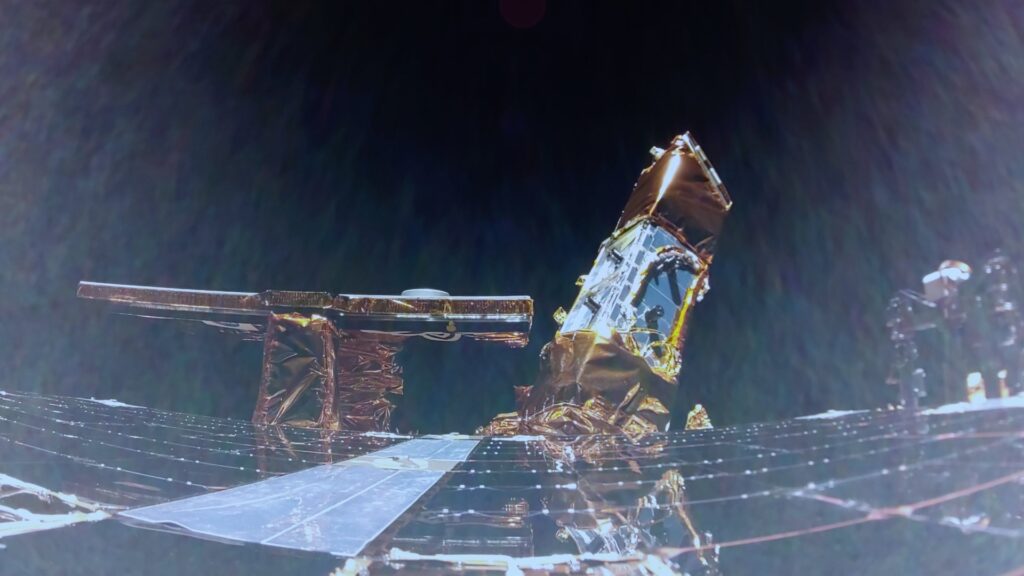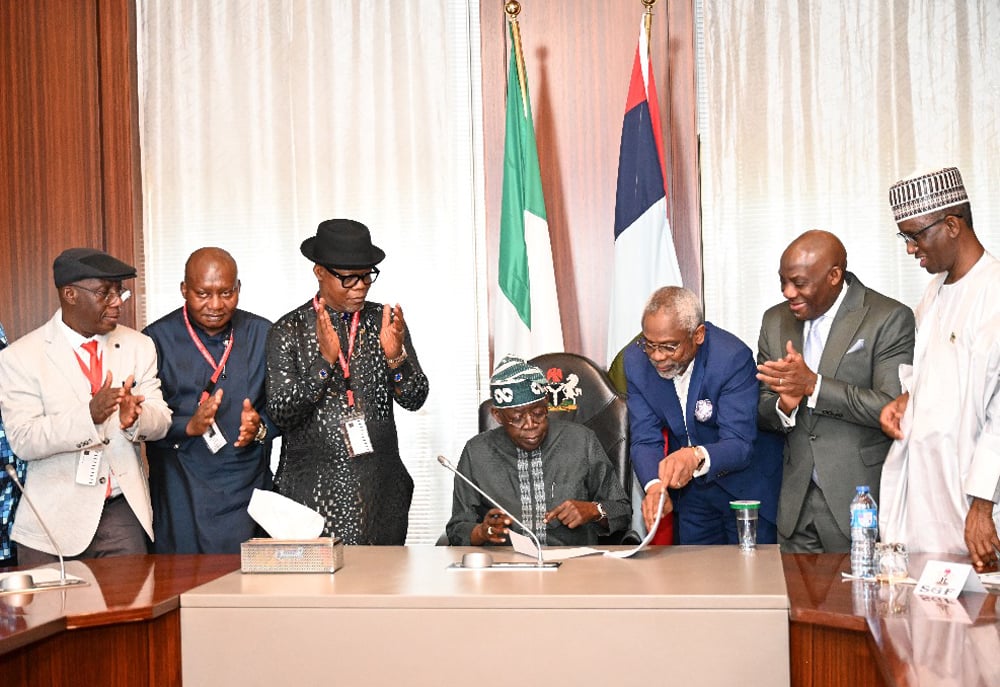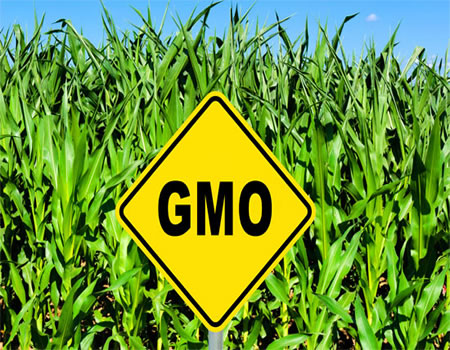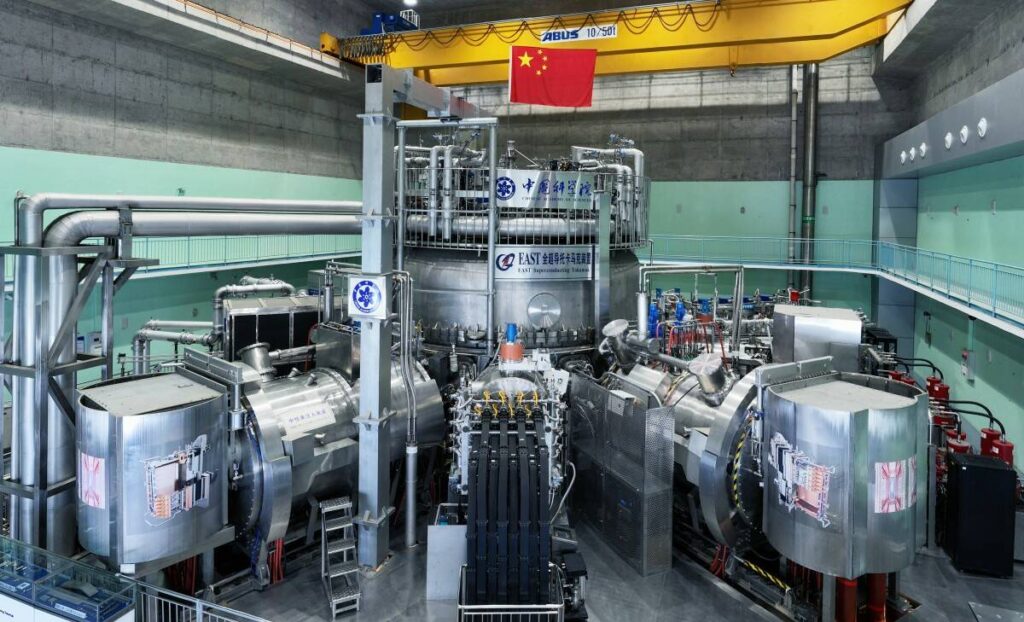Liftoff! NASA’s SpaceX Crew-9 Launches to International Space Station

NASA Space Technology
The two crew members of NASA’s SpaceX Crew-9 mission launched at 1:17 p.m. EDT Saturday, for a science expedition aboard the International Space Station. This is the first human spaceflight mission launched from Space Launch Complex-40 at Cape Canaveral Space Force Station in Florida, and the agency’s ninth commercial crew rotation mission to the space station.
A SpaceX Falcon 9 rocket propelled the Dragon spacecraft into orbit carrying NASA astronaut Nick Hague and Roscosmos cosmonaut Aleksandr Gorbunov. The spacecraft will dock autonomously to the forward-facing port of the station’s Harmony module at approximately 5:30 p.m., Sunday, Sept. 29, where Hague and Gorbunov will join Expedition 72 for a five-month stay aboard the orbiting laboratory.
“This mission required a lot of operational and planning flexibility. I congratulate the entire team on a successful launch today, and godspeed to Nick and Aleksandr as they make their way to the space station,” said NASA Administrator Bill Nelson. “Our NASA wizards and our commercial and international partners have shown once again the success that comes from working together and adapting to changing circumstances without sacrificing the safe and professional operations of the International Space Station.”
During Dragon’s flight, SpaceX will monitor a series of automatic spacecraft maneuvers from its mission control center in Hawthorne, California. NASA will monitor space station operations throughout the flight from the Mission Control Center at the agency’s Johnson Space Center in Houston.
NASA will provide live coverage of rendezvous, docking, and hatch opening, beginning at 3:30 p.m., Sept. 29, on NASA+ and the agency’s website. NASA also will broadcast the crew welcome ceremony once Hague and Gorbunov are aboard the orbital outpost. Learn how to stream NASA content through a variety of platforms, including social media.
The duo will join the space station’s Expedition 72 crew of NASA astronauts Michael Barratt, Matthew Dominick, Jeanette Epps, Don Pettit, Butch Wilmore, and Suni Williams, as well as Roscosmos cosmonauts Alexander Grebenkin, Alexey Ovchinin, and Ivan Vagner. The number of crew aboard the space station will increase to 11 for a short time until Crew-8 members Barratt, Dominick, Epps, and Grebenkin depart the space station in early October.
The crewmates will conduct more than 200 scientific investigations, including blood clotting studies, moisture effects on plants grown in space, and vision changes in astronauts during their mission. Following their stay aboard the space station, Hague and Gorbunov will be joined by Williams and Wilmore to return to Earth in February 2025.
With this mission, NASA continues to maximize the use of the orbiting laboratory, where people have lived and worked continuously for more than 23 years, testing technologies, performing science, and developing the skills needed to operate future commercial destinations in low Earth orbit and explore farther from Earth. Research conducted at the space station benefits people on Earth and paves the way for future long-duration missions to the Moon under NASA’s Artemis campaign, and beyond.
More about Crew-9
Hague is the commander of Crew-9 and is making his second trip to the orbital outpost since his selection as an astronaut in 2013. He will serve as a mission specialist during Expedition 72/73 aboard the space station. Follow @AstroHague on X and Instagram.
Roscosmos cosmonaut Aleksandr Gorbunov is flying on his first mission. He will serve as a flight engineer during Expeditions 72/73.
Learn more about NASA’s SpaceX Crew-9 mission and the agency’s Commercial Crew Program at:
https://www.nasa.gov/commercialcrew
-end-
Josh Finch / Jimi Russell
Headquarters, Washington
202-358-1100
[email protected] / [email protected]
Steven Siceloff / Danielle Sempsrott / Stephanie Plucinsky
Kennedy Space Center, Florida
321-867-2468
[email protected] / [email protected] / [email protected]
Leah Cheshier / Sandra Jones
Johnson Space Center, Houston
281-483-5111
[email protected] / [email protected]
Discover more from Tamfis Nigeria Lmited
Subscribe to get the latest posts sent to your email.



 Hot Deals
Hot Deals Shopfinish
Shopfinish Shop
Shop Appliances
Appliances Babies & Kids
Babies & Kids Best Selling
Best Selling Books
Books Consumer Electronics
Consumer Electronics Furniture
Furniture Home & Kitchen
Home & Kitchen Jewelry
Jewelry Luxury & Beauty
Luxury & Beauty Shoes
Shoes Training & Certifications
Training & Certifications Wears & Clothings
Wears & Clothings
















